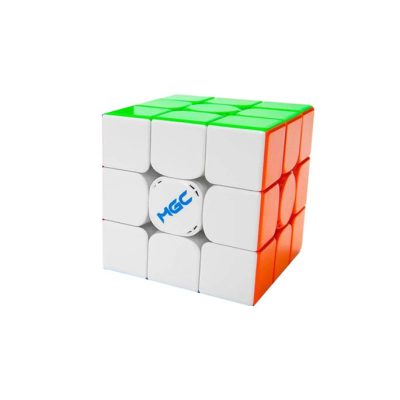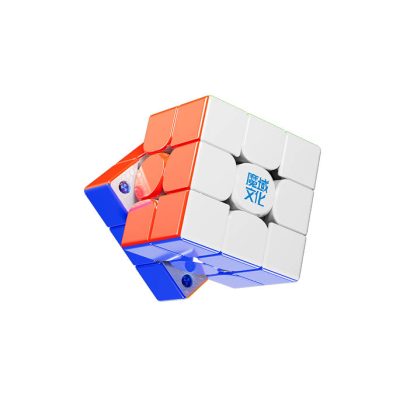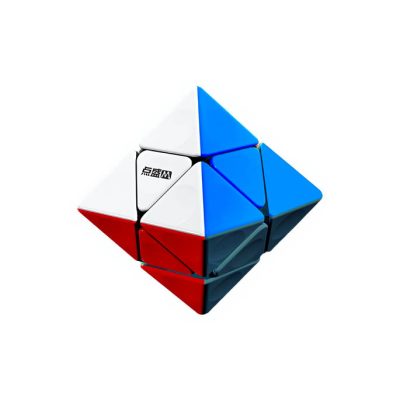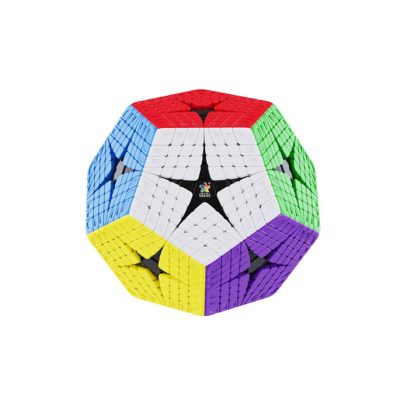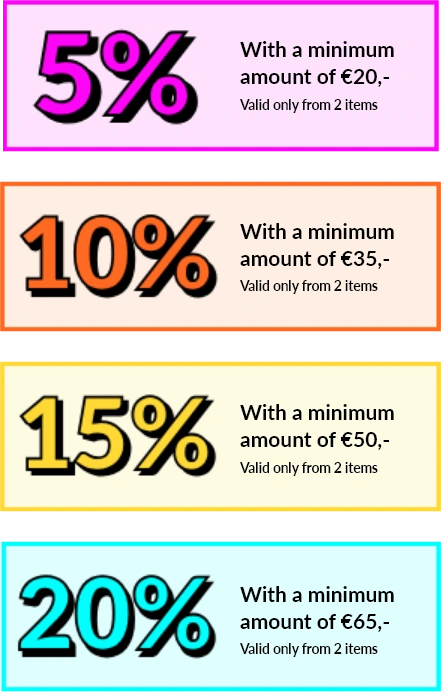-
 Dave Vinke
Dave Vinke
- Leestijd: 5 min
- Laatst geüpdatet: 29/08/2025
You build an online model building portfolio by systematically photographing your projects, choosing a suitable platform, and organizing your work clearly. This helps you showcase your skills, receive feedback from other model builders, and find inspiration for new projects. A good portfolio demonstrates your development as a model builder and can even offer commercial opportunities.
What is an online model building portfolio and why do you need one?
An online model building portfolio is a digital collection of your best model building projects, complete with photos and descriptions. It serves as a visual diary of your hobby and shows your growth as a model builder to others in the community.
You need a portfolio for several reasons. It helps you track your own progress and see how your techniques improve over time. By sharing your work online, you receive valuable feedback from experienced model builders who can offer tips for your next projects.
A portfolio also opens doors to the broader model building community. You can draw inspiration from others, participate in discussions about techniques and materials, and form friendships with people who share the same passion. For some hobbyists, it grows into something more – they start creating tutorials, giving workshops, or even taking on commissions for custom models.
The different goals of a portfolio vary from person to person. Some use it purely for personal documentation, others want to share their work to inspire others. There are also model builders who use their portfolio to attract clients for restoration projects or custom builds.
How do you photograph your model building projects for online use?
Good model building photography starts with proper lighting and a neutral background. Use daylight or a softbox to avoid harsh shadows, and choose a plain white or grey background that makes your model stand out without distraction.
For smartphone photography, turn off HDR mode and use the timer to prevent shake. Take photos from different angles – an overview shot, detail shots of special finishes, and close-ups of weathering or other special techniques. The camera should always be at the same height as the model for the best perspective.
When photographing details like cockpits or interiors, use a flashlight or phone light to add extra illumination. Take multiple photos of the same detail with different exposures, then you can choose the best one later.
Don’t forget work-in-progress photos. These show your process and are often just as interesting as the final result. Photograph important steps like painting components, applying decals, or weathering techniques. These photos help other model builders understand and replicate your techniques.
Which platforms are best for your model building portfolio?
Instagram works excellently for model building portfolios due to its visual focus and active model building community. You can easily reach other hobbyists through hashtags like #scalemodel or #plasticmodel, and the Stories feature is perfect for work-in-progress updates.
Your own website gives you the most control over presentation and organization. Platforms like WordPress or Squarespace offer templates suitable for portfolios. The downside is that you need to generate traffic yourself, but you have complete freedom in layout and content.
Facebook groups are valuable for feedback and discussion. Groups like “Scale Model Database” or local model building communities have thousands of active members who gladly share their knowledge. However, reach is limited to group members.
Specialized forums like ScaleMates.com or Missing-Links.com have a highly engaged audience of serious model builders. These platforms are ideal for technical discussions and detailed project logs, but have a smaller user base than social media.
The best choice depends on your goals. For maximum reach, combine Instagram with your own website. For in-depth feedback and technical discussions, forums are unbeatable.
How do you organize your portfolio to look professional?
A professional portfolio has a clear structure where visitors can easily navigate. Organize your projects chronologically to show your development, or thematically by category such as aircraft, tanks, or ships.
Write a brief description for each project including the kit used, paint, and special techniques. Also mention challenges you encountered and how you solved them. This information is valuable for other model builders and demonstrates your expertise.
Maintain a consistent visual style. Use the same background and lighting style for all your photos. This gives your portfolio a professional appearance and makes it more pleasant to browse through.
Create clear categories and use descriptive titles. Instead of “Spitfire #3” write “Supermarine Spitfire Mk.IX – D-Day scheme with weathering”. This helps visitors find interesting projects and shows your attention to detail.
Update your portfolio regularly and remove older projects that no longer represent your current level. A portfolio with twenty excellent projects makes more impression than fifty projects of varying quality.
Where do you find the best model building materials for your portfolio projects?
Quality model building materials make the difference between an average and an impressive portfolio project. Good kits, paint sets, and tools give you the best foundation to showcase your skills and ensure results you can be proud of.
With us, you’ll find an extensive range of model building kits from renowned brands like Revell, Tamiya, and Italeri. From beginner-friendly kits to detailed expert models – there’s something for every skill level. We carefully select our model building products based on quality and level of detail.
What sets us apart is our unique discount system that helps you build a varied collection for different portfolio projects. With multiple items, you automatically receive discounts, even on the newest products. This makes it easier to experiment with different model types and techniques without exceeding your budget.
Check our terms and conditions page for all details about how our discount system works. We offer same-day shipping until 11:30 PM, so you can quickly get started on your next portfolio project. Whether you’re working on an impressive tank, detailed aircraft, or historic ship – the right materials are the foundation of every successful model building portfolio.
Frequently Asked Questions
How often should I update my portfolio to stay relevant?
Update your portfolio at least every 2-3 months with new projects or improved photos of existing work. Regular updates keep you visible in the community and show your continuous development. Also remove older projects that no longer represent your current level to maintain high quality.
What do I do if I receive negative feedback on my portfolio?
View constructive criticism as an opportunity to learn and improve your skills. Ask for specific improvement tips and thank people for their time. However, ignore destructive comments without useful content. The model building community is generally helpful and supportive.
Can I add work-in-progress photos even if the project isn't finished yet?
Absolutely! Work-in-progress photos are often just as valuable as final results because they show your process and techniques. They help other model builders learn from you and create engagement as people are curious about the final result. Use Instagram Stories or separate WIP sections on your website.
How do I protect my photos against unauthorized use?
Add a subtle watermark to your photos with your name or portfolio name. Upload photos in lower resolution for online use and keep high-resolution versions separate. On most platforms you can also claim your photos as intellectual property, but perfect protection is difficult to guarantee.
Which hashtags work best for model building content on Instagram?
Use a mix of general tags like #scalemodel #plasticmodel #modelbuilding and specific tags like #tamiya #weathering #diorama. Also add brand-specific hashtags (#revell #italeri) and scale tags (#135scale #172scale). Use a maximum of 10-15 relevant hashtags per post for best reach.
How can I get more followers and engagement on my portfolio?
Be active in the community by responding to others' work and giving valuable feedback. Post regularly but not too often (2-3 times per week), use relevant hashtags and share your knowledge through tips and tutorials. Authentic interaction works better than just promoting your own work.
Is it wise to include failed projects in my portfolio too?
Show only your best work in your main portfolio, but failed projects can be valuable as learning moments. Share them in separate 'lessons learned' posts with explanation about what went wrong and what you learned from it. This shows honesty and helps others avoid similar mistakes.
Table of contents
Much viewed
More blogs

What insurance options are available for valuable model building collections?

What are essential tips for model building competitions?
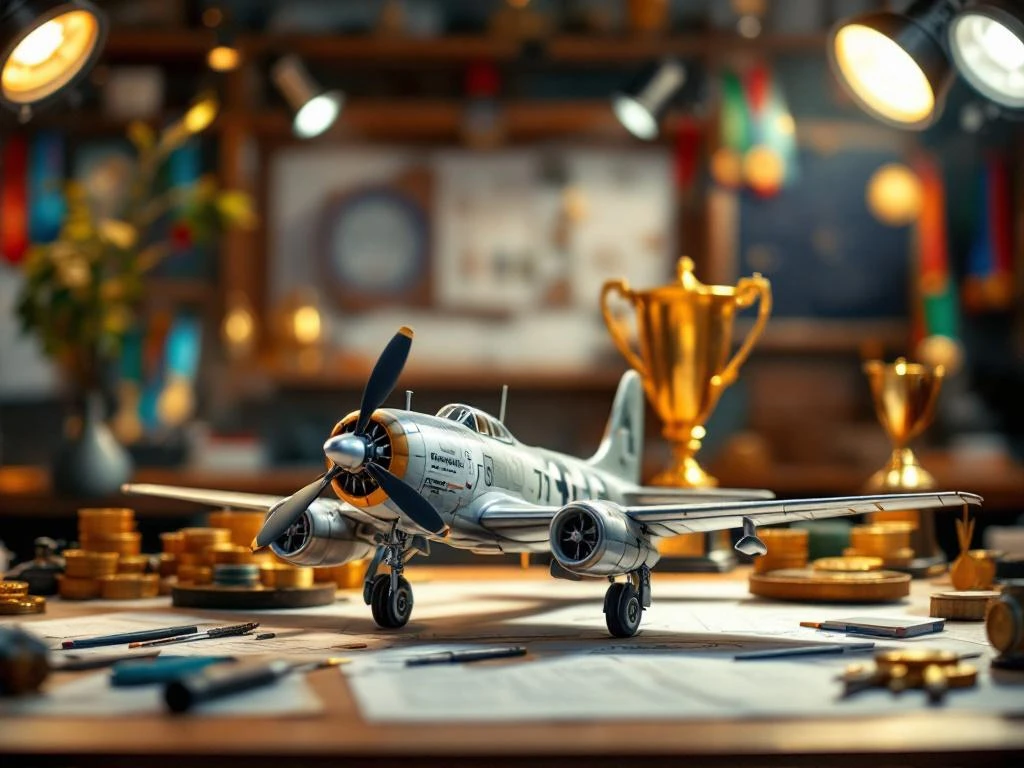
How to win model building competitions?

